Cookies and Privacy in 2024
This year the transition from third party tracking and use of tracking data towards privacy-centric advertising has moved into its final phase. Kinase outlines key changes and why 2024 will be the completion of the privacy revolution.
The revolution began in 2018 when GDPR came into effect. Then in 2019, Apple and Google both flagged that they had plans to remove default third party cookies. The process of moving beyond identifiable individual data tracking is now due to be completed in 2024.
What’s happening?
There are two key dates, and two overlapping timelines:
6th March 2024 - consent management options enforced in line with EU/UK law
Oct 2024 - 100% of Chrome users will have third party cookie tracking turned off by default
But cookie deprecation timelines are always being pushed back - will any of this happen in 2024?
6th March is a legal requirement.
Google have indeed pushed back the sunsetting of default tracking on Chrome many times - but this time they have already begun; on 4th January 1% of Chrome users’ defaults changed. The end of direct third party tracking on Chrome has already started.
What’s the real significance of these deadlines?
Digital marketing’s direct tracking model - from ad to checkout - has long been fragmenting and dissolving. Firstly from a cross-channel, cross device perspective, and then with the transition of the web towards privacy and control of personal data.
Apple focused on privacy and changed iOS 14 to be opt-in for tracking across apps, causing the first seismic change to digital marketing platforms targeting and effectiveness. The impact was particularly marked for Facebook and Instagram where audience targeting and building is the bedrock - and third party tracking provides a huge range of signals about behaviour and audiences which was cut off on Apple devices.
Some people will continue to opt in to tracking, and consent to sharing their data?
This is true - and one interesting trend is that people opting in to tracking on iOS has slowly risen since 2020, now hitting an estimated 25% level. As the landscape normalises, concerns are assuaged and the benefits of sharing data (better ads, more functionality on some sites, more seamless switching from mobile to desktop, and so on) become better known.
However, this doesn’t alter the fact that the landscape is irrevocably changing, and opt-in rates won’t provide a continuance of the old templates, but rather a strengthening of alternative solutions such as modelling and AI based audience build outs.
Google have been building solutions
GA4, and its Consent Mode and Enhanced Conversions capabilities are Google’s bridge into the privacy centric web of 2024. Consent Mode is their Consent Management Platform - and implementation of a CMP is needed for the 6th March 2024 deadline set by the EU and UK Digital Markets Act. This came into force in 2023, with ‘gatekeepers’ assigned (Apple, Alphabet, Meta, Bytedance, Microsoft) who have to start enforcing compliance for users of their services from 6th March.
This means that Google will increase enforcement of a Consent Management Platform (such as Google’s own Consent Mode) if you use services such as Google Ads.
What are the implications to these user data upheavals?
Tracking disruption affects direct click to conversion tracking, but crucially it also diminishes audience building.
This has a core impact on Paid Social, YouTube, and Programmatic which target based on audiences. For Paid Search, keyword led, it is more of a disruption to optimisation and KPI tracking, although audiences are still part of the mix.
As performance is affected by cookie and consent changes, quick ‘test and learn’ turnarounds will be crucial in 2024.
Paid Social has been grappling with Meta’s server-side tracking solution CAPI, and testing new audience strategies ever since iOS 14 so strategy has already evolved.
Google has provided solutions but they still have to be implemented
Many advertisers have set up GA4 but still haven’t fully utilised its options and set up full reporting functionality from it. Likewise, setting up a Consent Management Platform takes development time - but that dev time should be factored into a yearly web dev plan, and March is looming fast.
Google become the cure and the cause
Yes, Google provide Chrome the browser, GA4 the analytics platform with Consent Mode and Enhanced Conversions encrypted data functionality, AND Google Ads the advertising platform.
This is why it's imperative that agencies and advertisers manage and optimise Google campaigns to align them with business goals at every step!
What about new open tracking solutions?
No single standard has so far emerged.
Should you be investing development time on Unified ID 2.0 from The Trade Desk, OAuth 2.0, the Open Device Monitoring and Tracking Protocol (the OpenDMTP™), or The Privacy Sandbox, the tools which are being developed by Google themselves?
This is an area where each business needs to decide on whether to invest further dev time depending on how omnichannel their advertising mix truly is - i.e. Do you need to combine Connected TV and Programmatic into one flow of audience engagement and funnel building?
In conclusion
We must remember that one person’s ‘cookie apocalypse’ is another person’s ‘dawn of the open web’. Chrome following Apple will actually make the landscape less fragmented as the privacy revolution nears completion.
2024 is lined up to be a watershed year which should be good for digital advertising - both for user perception of it, and for the emergence of a new consensus on measurement in a privacy-centric era.





